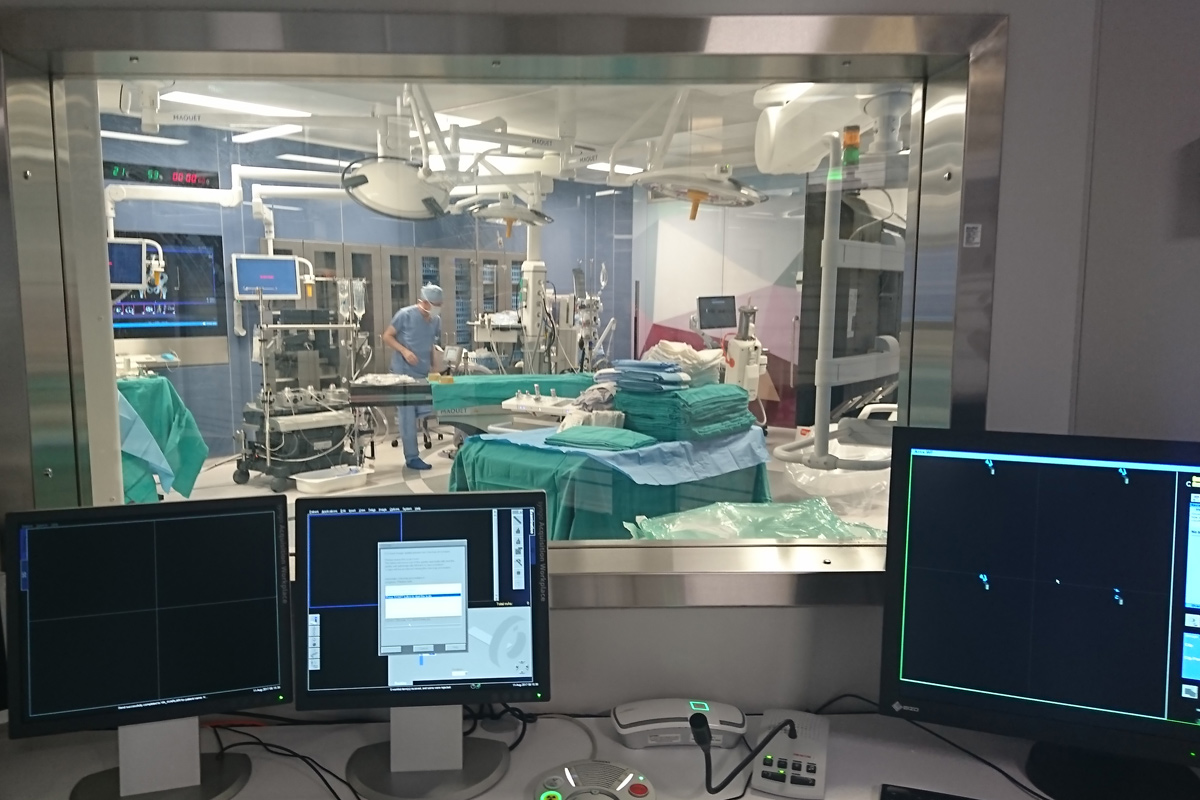Deep Vein Thrombosis
What is DVT?
Thrombosis in ancient Greek means “lump.” Today, thrombosis means the occlusion of a blood vessel by a blood clot (thrombus). Deep vein thrombosis (DVT) is an occlusion in deep veins caused by blood clots.
The incidence of this condition, which most commonly occurs in the veins of the legs, is 1-2 per 1000. This condition, which usually occurs between the ages of 40-50 and later, can also be seen in young people, but is rare.
In which situations does DVT occur?
Long periods of inactivity (e.g., after orthopedic treatments, intensive care processes, or major surgery), long travels, cancer itself or chemotherapy used in cancer treatment, pregnancy and use of contraceptive pill in women, genetic hemorrhagic or hypercoagulability disorders (protein C-S deficiency, such as the factor V Leiden mutation) are among the factors that increase the risk of DVT.
What are the symptoms of DVT?
The occlusion can usually start from the veins in the lower knees and sometimes from the veins in the knees and progress to the main vein in the abdomen (inferior vena cava). The closer the affected vein is to the heart, the more severe the clinical findings. Complaints such as a feeling of tightness and hardness, swelling, pain, warming and discoloration in the legs occur in people with DVT.
How is DVT diagnosed?
The mostly used examination method is Doppler ultrasound. Doppler ultrasound, a method based on the principle of imaging the vessels and their contents using sound waves, is a painless, simple and inexpensive examination method. While it can be used to make a definitive diagnosis in leg veins, other methods may be required for a definitive diagnosis in inguinal and abdominal veins.
In addition to Doppler ultrasound, examinations such as venography, computed tomography or MR are imaging methods used in cases where the diagnosis cannot be made or additional examinations are required.
What are the complications of DVT?
There are two complications of DVT: one that can occur in the early phase, and one that can occur in the late phase.
Pulmonary embolism is when the clot in the vein detaches and is thrown into the pulmonary artery. The symptoms of this condition, which ranks first among preventable hospital deaths, vary depending on the size and prevalence of the clot or clots that cause the occlusion.
The complication that may develop in the late phase is post thrombotic syndrome (PTS). PTS Post thrombotic syndrome is a condition that occurs in 25-75% of patients who have deep vein thrombosis and do not receive appropriate treatment. It presents with symptoms such as leg swelling, pain, and skin thickening, but is more common in high-grade (femoral and abdominal) venous thrombosis. Therefore, to prevent PTS in high-grade DVTs, it is important for long-term success to dissolve the clot with interventional methods in the early stages.
What methods are used in the treatment of DVT?
The conventional treatment for DVT is anticoagulation with heparin or low-molecular-weight heparin, followed by oral anticoagulants. This treatment prevents clot spread and embolization but does not reduce clot mass. In the vast majority of patients treated with the classical method of treatment, post thrombotic syndrome (PTS) develops.
Because thrombolytic therapy dissolves the formed clot in the early phase, the development of PTS can be prevented. Systemic thrombolytic therapy (intravenous administration of blood thinners throughout the body) has been abandoned in many centers because of the potential for bleeding and uncertainties in dosing and administration.
New methods are used with the development of modern medicine. It is possible to administer thrombolytics to the clot with “catheter-directed thrombolytic therapy” or dissolve the clot by medications and catheters with the method of “pharmacomechanical thrombolysis” or directly aspirate the clot with a high rotational force with “aspiration thrombectomy” using mechanical aspiration catheters. Time is very important in these new treatment methods. After the occurrence of DVT, the clot organizes and hardens over time, and then, it is not possible to completely dissolve the clot with the new treatment methods. The ideal period is the first 30 days. After this period, the success of treatment decreases.
Deep Vein Thrombosis
Tags: deep vein thrombosis, coagulation, clot-dissolving treatment, thrombolytic therapy, percutaneous local thrombolytic, clot aspiration, pulmonary embolism, pulmonary thrombosis, filter placement, blood thinners, leg swelling


